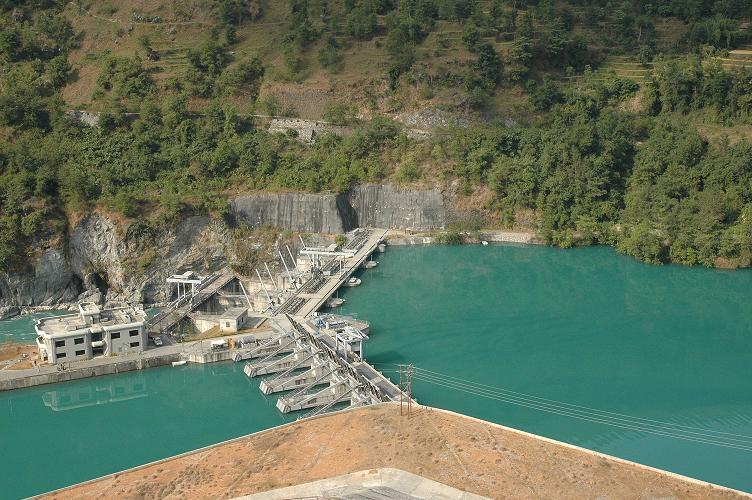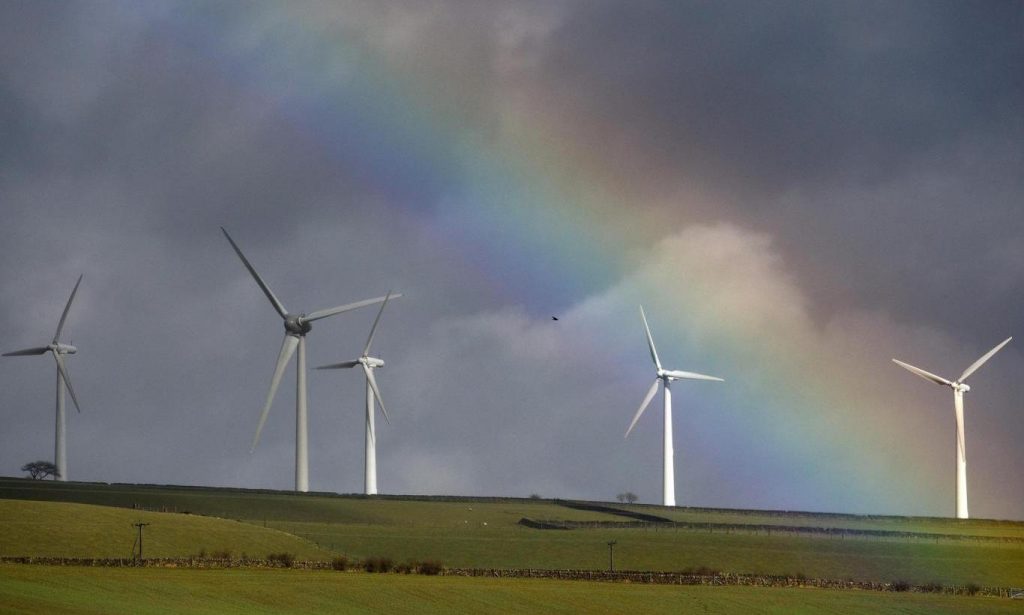Unleashing the Potential of Hydropower with Data Driven Framework


The strategy for accelerating the transition to a low-carbon energy system, without limiting economic growth, is arguably the most important energy challenge today, underpinning the need for fulfilling the rising demand of Nepalese.
The global rate for the carbon emissions from fuel combustion accelerated rate in 2017, with the decline in the clean energy investment by 8% in 2018. The increasing frequency of extreme weather events has reiterated the need for a quicker transition to a low-carbon world, echoing the urgency of reducing emissions and limiting global warming to 1.5°C. Energy drives economic growth.
Although, the wide acknowledgement on the role of energy in economic growth is discussed and documented
tremendously, the concomitant issues regarding the types of energy produced and its impact on the environments has also opened floors for enticing debates around the world. Today, approximately 80 % of total energy consumption in the world is contributed by the fossil fuel sources, and have stirred detrimental repercussions,raising questions on its efficiency.
The conventional usage of fossil fuel causes carbon dioxide (CO2) emissions enrages alteration in the balanced ecosystem. Thus, the urgent need to embark on end of the fossil-fuel era is on the horizon, with the increasing awareness and share of clean energy usage. Owing to the effectiveness of renewables like solar, hydro and wind consistently exceeding expectations, development of varied electric vehicles, and the availability of other options like nuclear energy, the governments worldwide are acknowledging the urgency of tackling climate change.
It has been 5 years since the Paris agreement 2015 came into force to keep global warming below 2◦c by 21st century, and since then, several countries have joined the momentum to accelerate towards cleaner energy, followed by the world's fastest growing economies like China, and India also joining the bandwagon to promote the production and consumption of renewable energy.
With the rapidity of climate change deteriorating the natural environment, causing the retreat of glaciers, the need for the transition towards cleaner energy is even more important for developing countries like Nepal, as the need for accessible and affordable energy not only helps the degrading environments, but also fundamentally supports the expansion of other industries, that ranges from modernizing agri-business to increasing opportunity for trade and transportation.
Whlist Nepal stand today as one of the countries with abundant water resources, its continuous failure to balance and maximise the benefits of this asset has deterred negative ramifications in its development. Poor water management planning has escalated into the worsening of the effects invigorated by the natural calamity that further puts additional stress on the environment, worsening floods and landslides, causing depletion of fisheries, and hardening the access to clean drinking water.
The management of the water is complex, but there are constructive solutions to redeem its problems. Furthermore, hydrologist from ICIMOD, have discerned the paucity of reliable data and,structured and standardized data collection guidelines as major existing problems in the current hydropower development industry. One of the ways can be ensuring an effective creation of a data-driven framework for effective management of water resource that can aid the country to mobilize the potential of water for Nepal.
Despite the existence of renewable energy production potential, Nepal still to these days, depends on the petroleum product. Biomass, in the form of firewood, agricultural waste, and animal dung, has consistently dominated energy supply and consumption. The usage of traditional biomass, which covers over the four-fifths of total energy supply need in Nepal, notoriously contributes to deforestation, indoor air pollution, and triggers other respiratory health problems. Over 80% of Nepal’s rural population heavily relies on biomass and/or fossil fuel, further exacerbating the existence of various health problems affecting women and children particularly.
It causes loss of agricultural productivity resulting in reduced fodder for livestock. So far, Nepal has managed to produce 30 megawatts of power from an accumulation of small and micro hydro projects. Furthermore, the country's installed 850,000 solar power for domestic lighting, and successively constructed more than 400,000 biogas plants.
With all these developments, yet somehow, the central question remains unaddressed: what is the plan for accelerating the transition of energy parallelly with the rapidly growing population?
Maximise utilisation with the data driven hydropower development in Nepal
Despite having a rich water resource, the existence of poor water management coupled with environmental stressors have obstructed the optimum utilization of these resources. The emphasis on better coordination can eventually lead to smarter management and policy. Various numbers of ministries are involved in water management and the dearth of proper coordination among them leads can be attributed for the poor allocation of water resources and lost opportunities.
In addition, the availability of a reliable hydrological data can be equally crucial for influencing the acceleration towards cleaner energy. Countries like Nepal, can only fully optimize its resources for immense hydropower generation in the presence of data that are updated and timely available. The dearth of hydrological datais one of the major impediments to fully unleashing the potential of available resources. According to Economic Survey 2018–2019, released by the Ministry of Finance, Government of Nepal, Nepal has a potential of harnessing about 83 GW, of which about 43 GW has been regarded as being technically and economically feasible. But in the absence of an adequate hydrological data to support national strategies, its total installed capacity is around 1.1 GW.
The policymakers must be supplied with good range of verified data, to make decisions on the cost and benefits of pursuing various projects and its likely outcomes. The coordination between water-based research institution and policymakers need to be well communicated to formulate policy, considering the perspective from range of diverse stakeholders who use and appreciate Nepal’s water resources.
Nepal's bestowed with the abundant hydropower resources, and the much-needed economic development can only surface, by exploring the available resources rather than importing resources that only adds more loss to the country. The investment in fossil fuel has stagnated globally with much of the emphasis directed towards renewables. Thus, Nepal a country with rich water resource needs to differentiate mainstream hydro from other renewables sources. As per the reports, Nepal has the potential to produce at least 40,000 MW of hydroelectricity, with the current production only amounting to 1000 MW.
Currently, there are several projects catered towards the development of hydropower in Nepal, with the preliminary work on the Chisapani-Karnali Multipurpose Hydroelectricity Project, which at a capacity of 10,800 megawatts (MW) will be Nepal’s largest project, all slated to go on floor. Other major projects include Naumure, Sunkoshi –II, Sunkoshi –III, Kaligandaki and Nalsingad. With the use of clean renewable energy to achieve sustainable development goals (SDGs), Nepal can gradually claim its path towards a green economy with a healthy and prosperous environment.
As the country is still in the transition phase to a federal democratic model, the new government has the opportunity to designate the bureaucratic power to build solid policy foundation for initiating a standardized data collection guideline to promote the consistency of data collected by environmentalist in the hydropower industry. Thus, with the promulgation of an effective coordination, and data-driven planning can accelerate the potential of water resources. The hydrological resources are indispensable part of life, and in the particular context of Nepal, It’s a way of life. Every people living in Nepal, has a role of maximising water utilisation and should continually insist governments, and private research institutions to use of the most vital resource strategically and sustainably for the benefit of the country’s long term success.
Sherpa is a Scholar of WWF

 Nature Khabar
Nature Khabar




Feedback